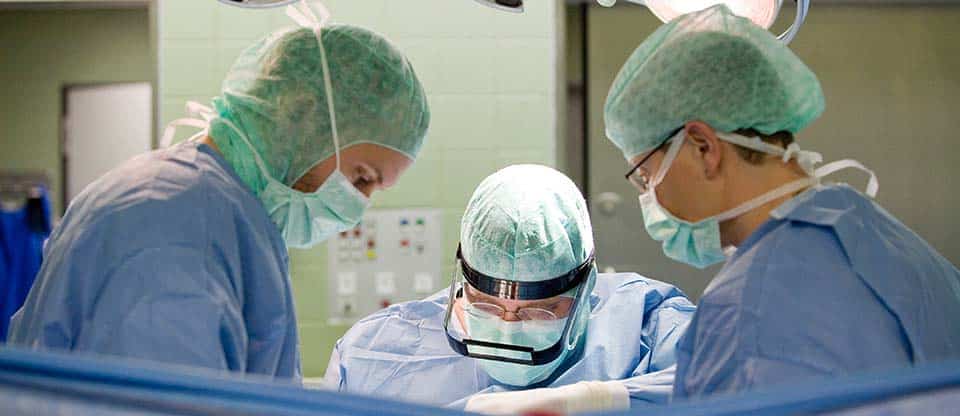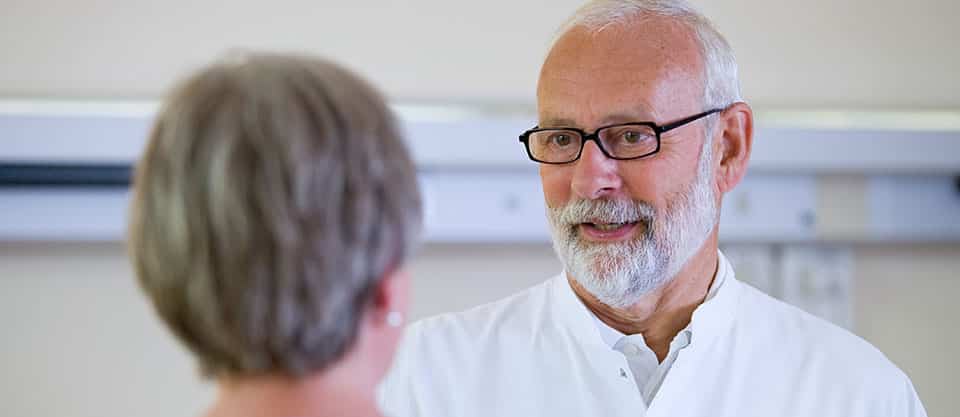The clinic specializes in the diagnosis and treatment of cardiovascular (cardiovascular) diseases. Here, all non-invasive and invasive cardiological diagnostic methods are used without exception. Comprehensive diagnostics is an indispensable condition for proper planning and implementation of further therapeutic measures. For these purposes, the clinic is equipped with all kinds of necessary ultra-modern equipment.
Restoration of the patency of the coronary arteries in acute myocardial infarction
The priority activity of the cardiology clinic is the treatment of acute ischemic syndrome, in particular, acute myocardial infarction and its initial stage, as well as unstable angina.
The goal of treatment is the emergency restoration of blood flow in the coronary arteries in case of their blockage (occlusion) or severe narrowing of their lumen (stenosis). The best short-term and long-term results are achieved when specialists immediately resort to mechanical expansion of the lumen of the affected vessel. In most cases, a so-called “stent” is implanted into the artery at the same time to strengthen the vascular wall of this area. The clinic provides round-the-clock medical care to patients using all the necessary methods of catheter diagnostics and therapy.
The Department of Angiology specializes in the treatment of arterial circulation disorders due to arteriosclerosis and the treatment of functional disorders of the regulation of vascular tone, vein thrombosis, including the underlying bleeding disorder and varicose veins, the tendency to edema and diseases of the lymphatic vessels.
In addition to medical and physical methods of treating circulatory disorders and diseases of the lymphatic vessels, various methods of catheter therapy are used. If necessary, the specialists of the clinic apply such special techniques as “cutting off” atherosclerotic plaques with a special atherotomy catheter (atherectomy) and rotational ablation, which is used for calcified atherosclerotic formations (during rotational ablation, a high-speed diamond drill is used to reduce the volume of atheromas inside coronary stenoses). Similar catheter interventions are performed in the pelvis, upper and lower extremities, but are increasingly also performed to remove atherosclerotic plaques from the neck arteries that supply the brain.
Treatment of cardiac arrhythmias / electrophysiology
The clinic specializes in the treatment of heart rhythm disorders (arrhythmias). More than 700 pacemakers and defibrillators are implanted here every year. Much attention is paid to the treatment of arrhythmias by radiofrequency catheter ablation or cryotherapy (cold treatment). The use of the ablation method in 90% cases makes it possible to radically cure arrhythmias originating from the atrial region. Atrial fibrillation is the most common heart rhythm disorder. Using the ablation method, depending on the type of atrial fibrillation, it is possible to cure 65-85 percent of patients suffering from this pathology. Also, with potentially dangerous and life-threatening arrhythmias emanating from the ventricle of the heart (ventricular tachycardias) - depending on the cause of the arrhythmia - successful treatment is achieved in 60-80 percent of cases.
Angiology
The Department of Angiology specializes in the treatment of arterial circulation disorders due to arteriosclerosis and the treatment of functional disorders of the regulation of vascular tone, vein thrombosis, including the underlying bleeding disorder and varicose veins, the tendency to edema and diseases of the lymphatic vessels. In addition to medical and physical methods of treating circulatory disorders and diseases of the lymphatic vessels, various methods of catheter therapy are used. If necessary, the specialists of the clinic apply such special techniques as “cutting off” atherosclerotic plaques with a special atherotomy catheter (atherectomy) and rotational ablation, which is used for calcified atherosclerotic formations (during rotational ablation, a high-speed diamond drill is used to reduce the volume of atheromas inside coronary stenoses). Similar catheter interventions are performed in the pelvis, upper and lower extremities, but are increasingly also performed to remove atherosclerotic plaques from the neck arteries that supply the brain.
Video
Request appointment
Useful links


















